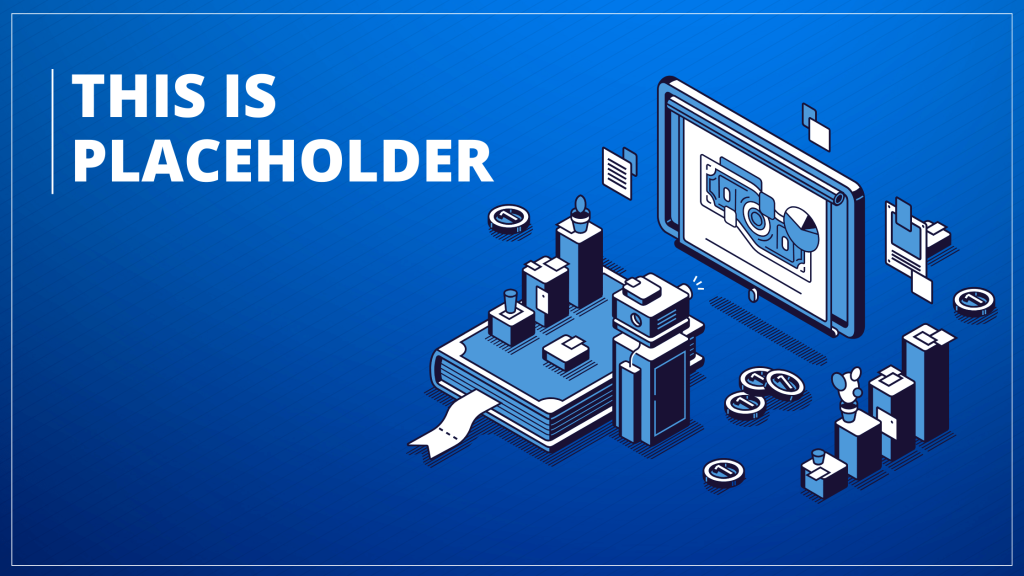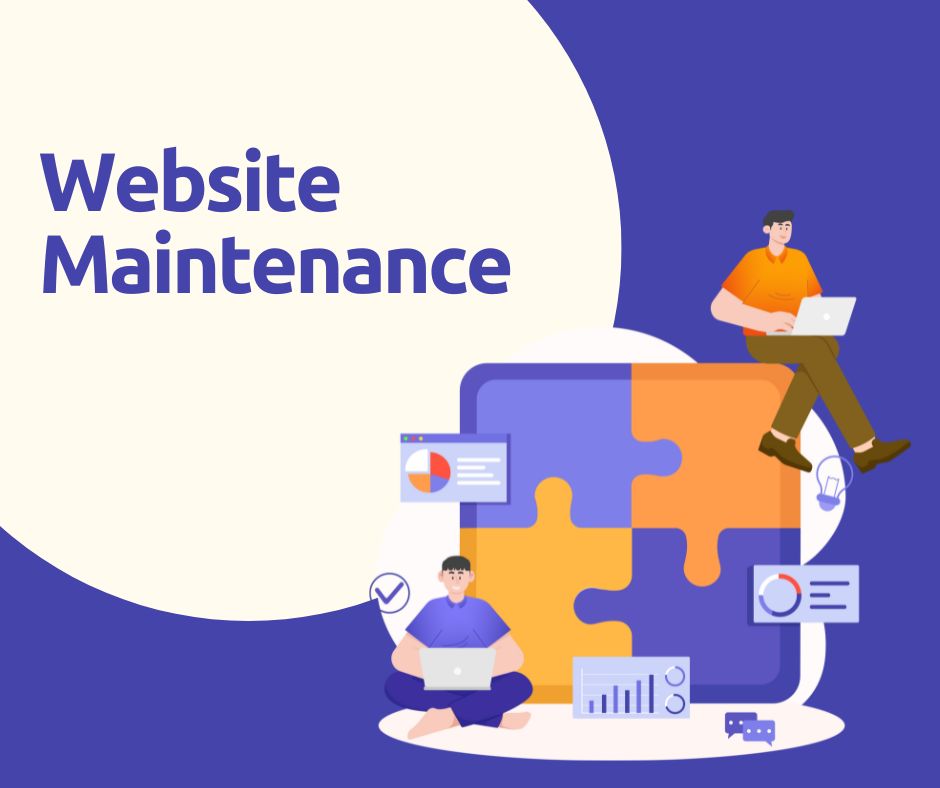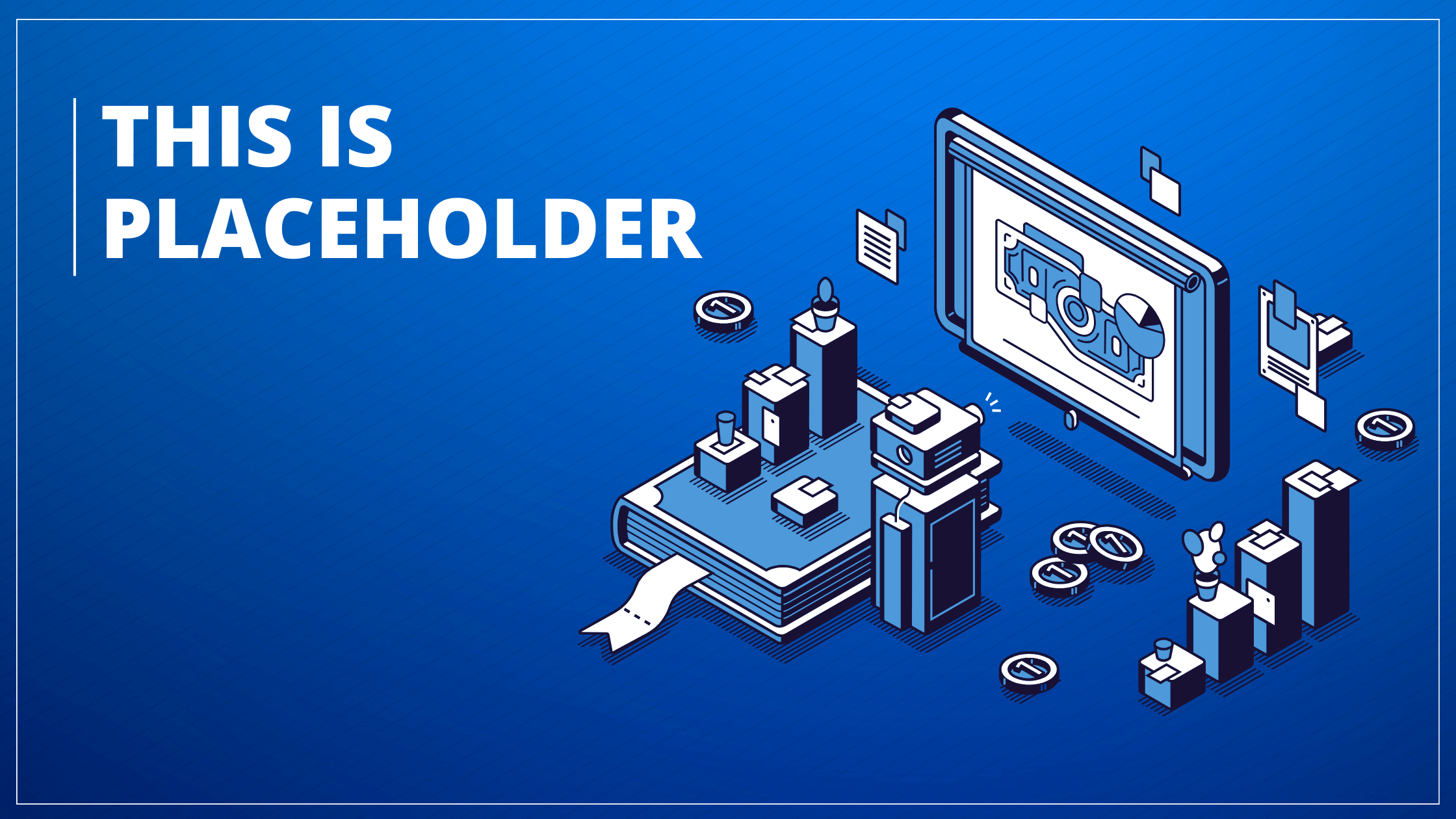Do you want to remove WordPress from your cPanel? Perhaps you’ve finished setting up a website and no longer need it, or maybe you only installed it for testing purposes. No matter the reason, uninstalling WordPress is pretty straightforward and can be completed in several steps. In this blog post, we’ll walk through how to get rid of WordPress from your cPanel quickly and efficiently – so keep reading if that’s what you’re after!
Reasons to Uninstall WordPress from cPanel
Before we dive into the uninstallation process, let’s quickly go over some of the reasons why you might want to remove WordPress from your cPanel. These include:
- No longer needing a website: If you initially installed WordPress for testing purposes or as a placeholder, but have now created a permanent website with another platform, then it makes sense to get rid of WordPress. This will free up space and resources on your cPanel.
- Switching to a different CMS: If you’ve decided to switch to a different content management system (CMS) for your website, then uninstalling WordPress is necessary. This will ensure that there are no conflicts between the two platforms and that your website runs smoothly.
- Security concerns: In some cases, websites may be compromised due to security vulnerabilities in WordPress. If this has happened to your website, it’s best to uninstall WordPress and look for a more secure CMS.
The Process of Uninstalling WordPress from cPanel
Now, let’s get into the actual process of uninstalling WordPress from your cPanel. Here are the steps you’ll need to follow:
- Log in to your cPanel account.
- Scroll down until you find the “Softaculous Apps Installer” section and click on it.
- In the list of applications, look for WordPress and click on the “X” icon next to it.
- A confirmation message will pop up – click on “Remove Installation”.
- You’ll see a progress bar indicating that the uninstallation is in progress.
- Once it’s complete, you’ll see a message stating “Installation Removed”.
- To ensure that WordPress has been completely uninstalled, go back to your cPanel home page and check if the “WordPress” section is still there. If it’s gone, then you’ve successfully uninstalled WordPress!
Deleting the Database and Files
Though the above steps uninstall WordPress from your cPanel, it doesn’t remove the database or any associated files. To completely get rid of all WordPress-related data, you’ll need to delete them separately. Here’s how:
- In your cPanel home page, scroll down until you find the “Files” section and click on “File Manager”.
- In the file manager, navigate to the directory where WordPress is installed. Usually, this is in the “public_html” folder.
- Once you’ve found the WordPress folder, right-click on it and select “Delete”.
- Next, go back to your cPanel home page and click on “phpMyAdmin” under the “Databases” section.
- Select the database associated with your WordPress installation and click on “Drop” in the options menu.
- A confirmation message will pop up – click on “Yes” to delete the database.
- You’ve now successfully deleted all traces of WordPress from your cPanel!
Deactivating Plugins and Themes
If you’ve installed any plugins and themes during your WordPress use, it’s important to deactivate and delete them before uninstalling WordPress. This will prevent any conflicts or errors from occurring during the uninstallation process. To do this, simply go to your WordPress dashboard, navigate to the “Plugins” and “Themes” sections respectively, and click on “Deactivate” followed by “Delete” for each one.
Removing the Directory Structure of Your WordPress Website and Database
Finally, if you want to completely remove the directory structure of your WordPress website and database, you can do so by accessing your hosting account’s file manager or using an FTP client. Simply navigate to the directory where WordPress is installed and delete it. However, be cautious when deleting files as this step is irreversible. As for the database, you can use a MySQL tool to completely remove it from your hosting account.
Precautionary Measures When Uninstalling WordPress from cPanel
Before uninstalling WordPress from your cPanel, there are a few precautionary measures you should take to ensure that everything goes smoothly. These include:
- Making a backup of your website: Before proceeding with the uninstallation process, it’s always a good idea to make a backup of your website. This way, even if something goes wrong during the uninstallation, you’ll still have a copy of your website’s data.
- Checking for customizations: If you’ve made any customizations to your WordPress installation, such as adding code snippets or modifying theme files, make sure to document them before uninstalling. This way, you can easily reapply them after installing WordPress again in the future.
Conclusion
We hope this blog post has helped you understand the process of uninstalling WordPress from cPanel. Whether you’re looking to free up space on your cPanel, switch to a different CMS, or address security concerns, following these steps will ensure that you can remove WordPress quickly and efficiently. Just remember to take precautionary measures before proceeding with the uninstallation and to delete all associated files and databases for a clean removal.



